- TOP
- INFORMATION
- Entering and Leaving the Country
Entering and Leaving the Country
Passports and Visas
Passports
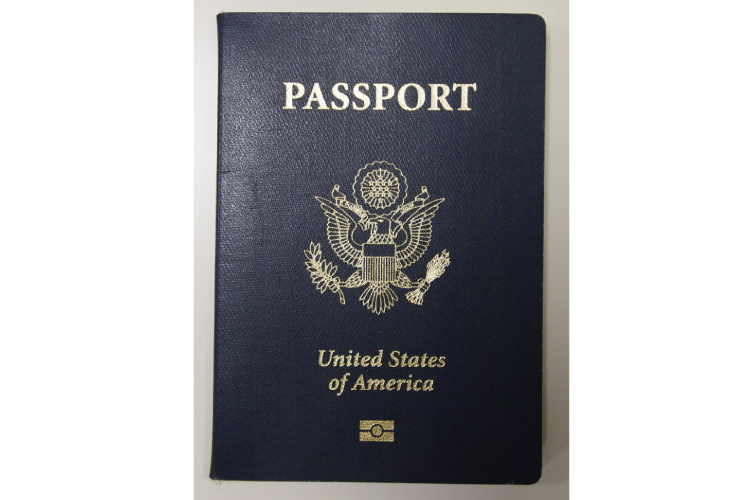
A passport is a form of personal identification issued by a national government. A passport is required to enter Japan. Check the expiration date on your passport before you go because Japan has certain entry requirements for the remaining validity of a passport.
Obtaining a passport
Each country has different procedures. Check the website of your country's immigration department.
Obtaining a visa
Nationals of some countries require a visa to enter Japan. A visa is a form of permission to enter the country. There are various types of visas including tourism and visit, business, work, and student. You must have a passport to obtain a visa. Once your visit has been finalized, apply for a visa early.
For more details, visit the website of Japan's Ministry of Foreign Affairs.
Entering the country
Immigration procedures
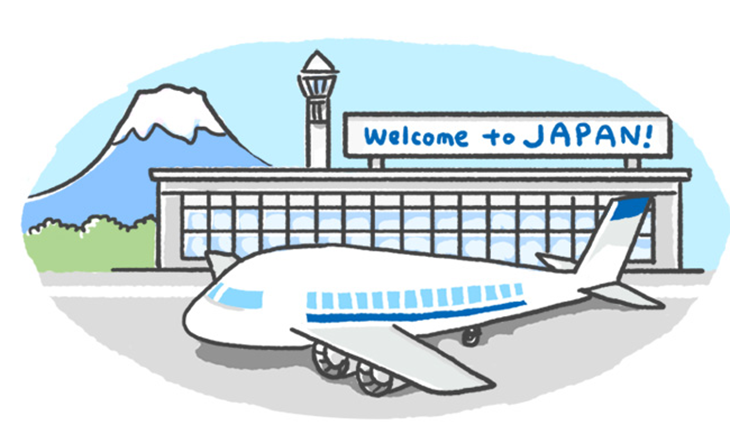
You arrive in Japan.

Arriving passengers undergo a health check at the quarantine counter. If you are arriving from a region with an infectious disease outbreak, you will be asked to report any symptoms and submit a health questionnaire. Please tell a Quarantine Officer if you have a fever, diarrhea, or are feeling unwell.

Present your passport and embarkation card to the officer. After taking your finger prints digitally and a picture, the officer will ask about your duration of stay and purpose of your visit. Be ready to present your return ticket if prompted.
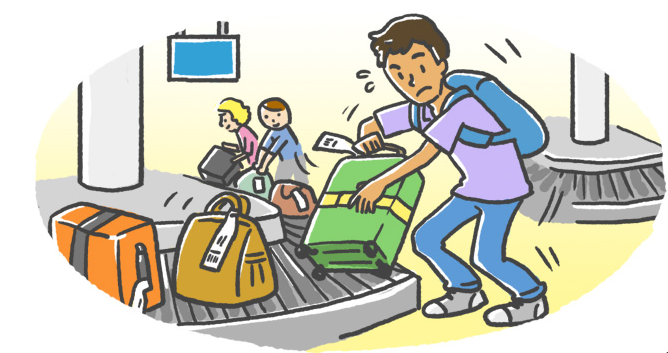
Pick up your checked luggage from the baggage claim area.
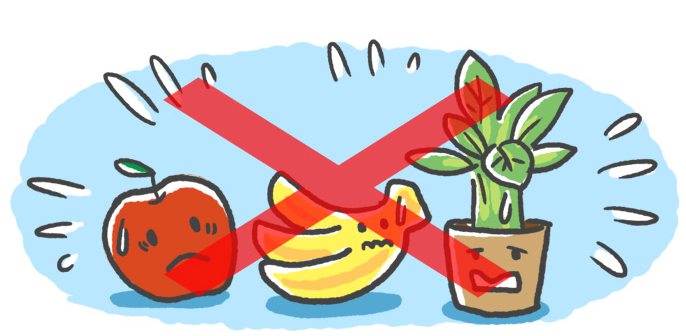
Depending on your country or teritory of departure, you may be prohibited from such items as bringing meat, fruit, animals, or plants into Japan. Please also be advised that an inspection of your carry-on item may be required.

Present your customs declaration card and undergo a customs screening.

You're ready to begin your adventure!
There are several transportation options available at airports such as rail, bus, and taxi.
How to complete your embarkation / disembarkation card

b.Nationality
c.Date of birth
d.Last flight no. / Vessel
e.Signature
f.Sex
g.Home address
h.Occupation
i.Passport number
j.Last flight no. / Vessel
k.Purpose of visit
l.Intended length of stay in Japan
m.Intended address in Japan
How to complete the customs declaration card
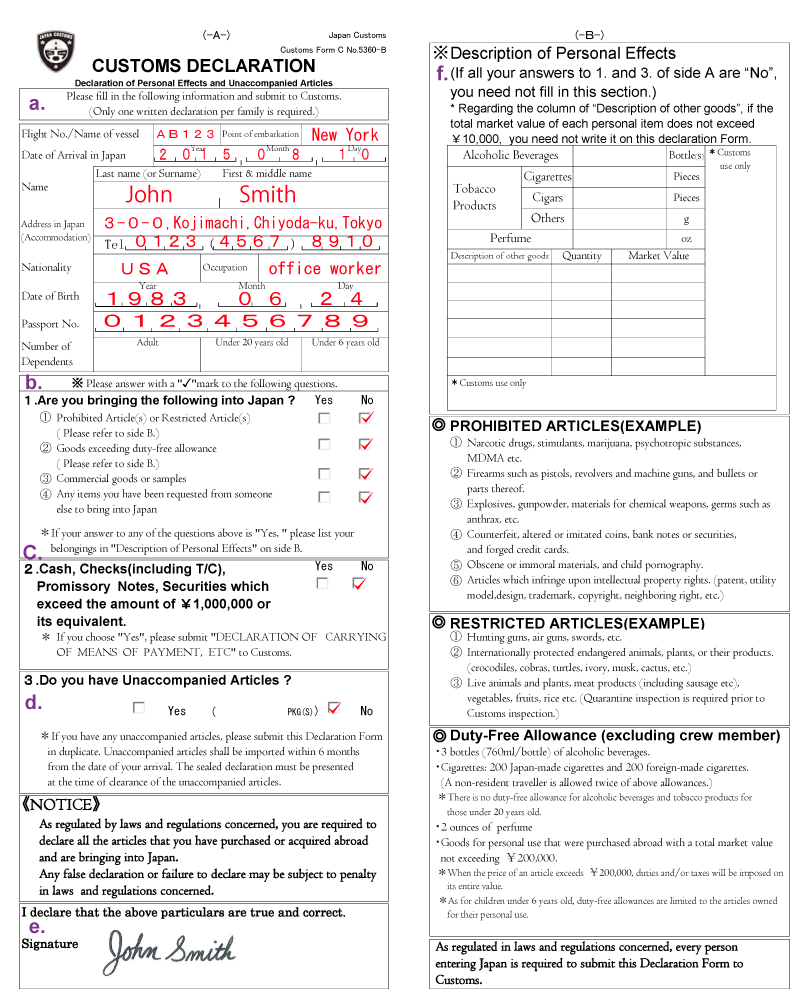
a.Basic information
b.Check the items in your possession
c.Check the appropriate box if you more than 1 million yen in cash or securities
d.Check the appropriate box if you have unaccompanied articles, such as items sent by postal mail, etc.
e.Signature
f.Type and number of items in your possession
Information about major international airports in Japan
- Narita Airport
- Haneda Airport
- Kansai International Airport
- Chubu International Airport
- Fukuoka Airport
- Naha Airport
- Shizuoka Airport
- Ibaraki Airport
- New Chitose Airport
From airport to city center
Click here for modes of transportation from the airport to city center.
Leaving the country
Disembarkation procedures

Check in for your flight at the counter of your airline.

For your safety, your carry-on items will be checked and you will pass through a metal detector at the security checkpoint.

If you are carrying foreign goods or cash equivalent to 1 million yen, you must enter the required information on the designated form and submit it to customs for screening.
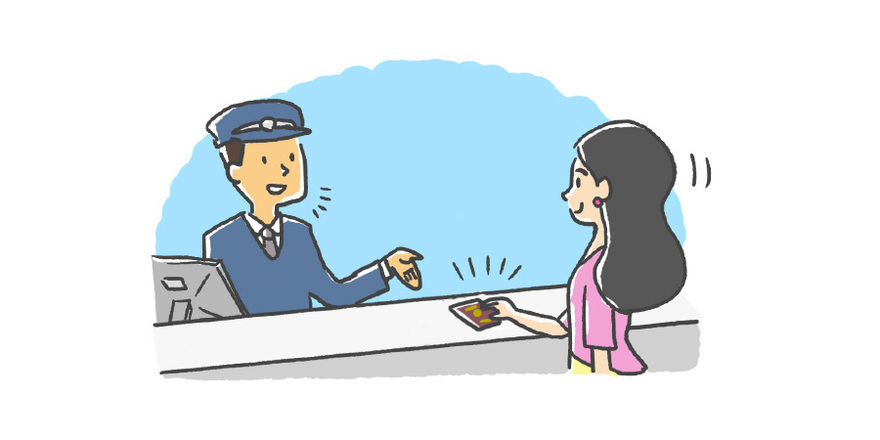
Complete your disembarkation card and present it together with your passport and boarding pass for screening.

Check your boarding pass and flight departure information for your gate. Proceed to your gate at least 30 minutes before the indicated time.

Board your flight following the staff's instructions.
Liquids on your flight
Restrictions on liquids
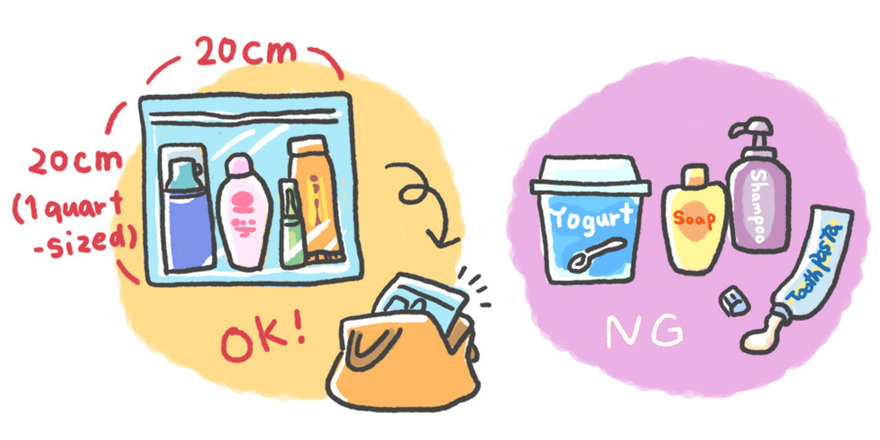
To bring liquids on board, they must be in a 100ml or smaller container and placed in a clear, resalable plastic zipper bag with a volume of 1 liter or less.
THIS ARTICLE IS BASED ON INFORMATION FROM 01 06,2016








